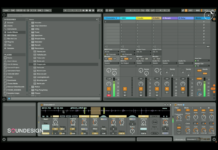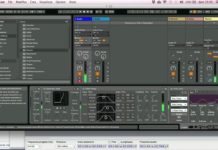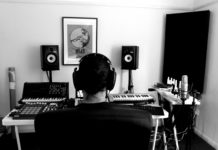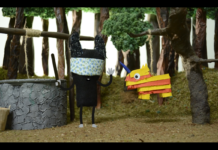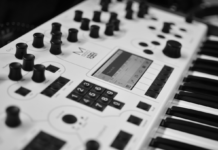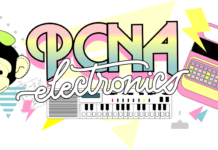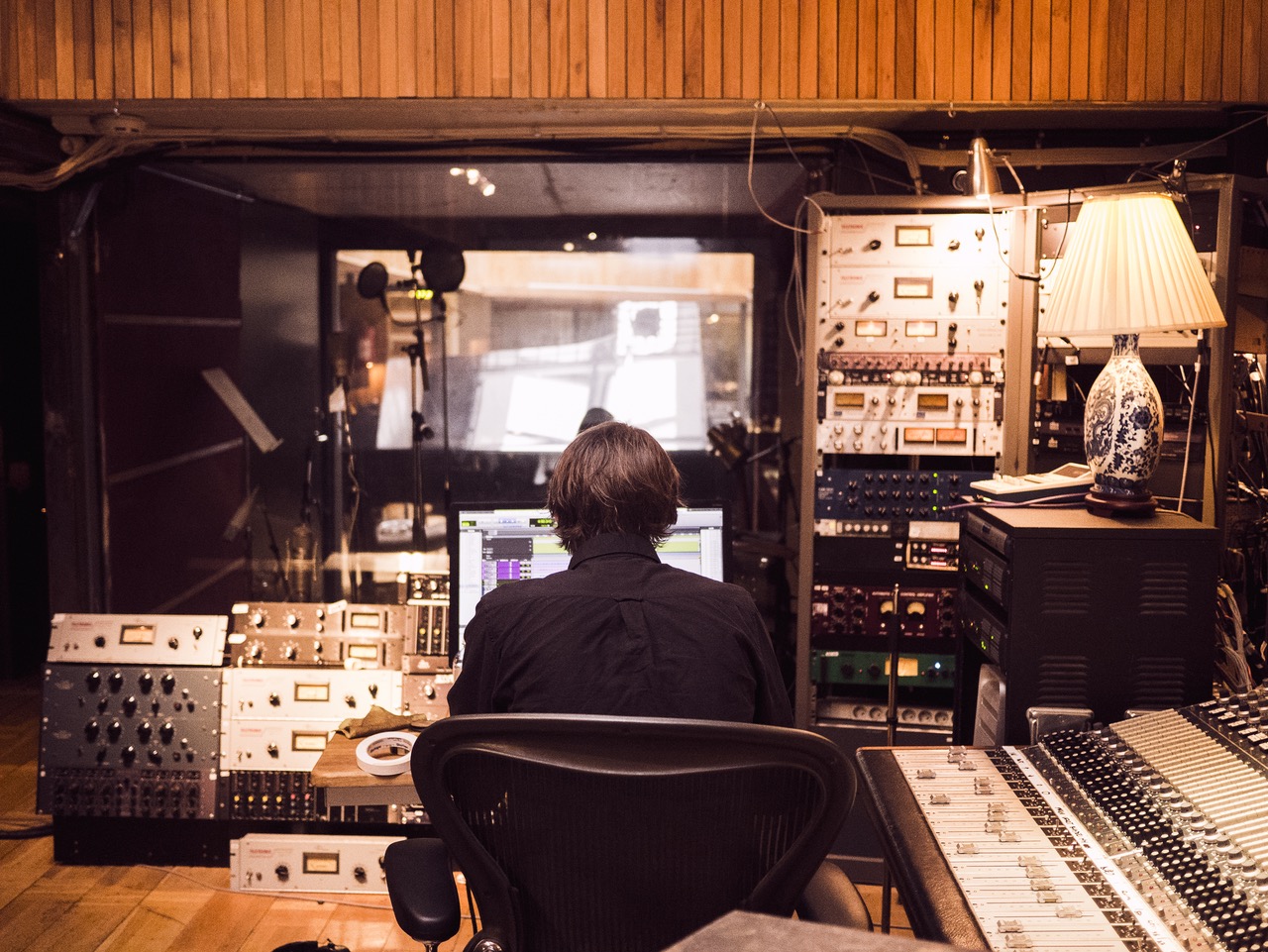There are many jobs and different roles within the sound field in film and TV industry (and some of them apply to other media productions such as advertising and digital contents). Each job has its skill set necessary to apply for it and trying to succeed; it is important then to identify what are these particular requirements. The website creativeskillset.org is a very helpful platform that guides aspiring and professionals through a better understanding of each role.
We will break it down in three parts, let’s find out if this is the right fit!
(in case you missed part 1 click here; you can find part 3 here)
ADR / dialogue editor (film)
The lowdown:
-
-
- Making sure that all film dialogue is in the right place
- Checking the quality of the dialogue sound
- Working with actors to re-record dialogue when necessary
-
Is this role right for me?
-
-
- Understand sound recording and audio post production processes
- Be able to manipulate and work sound for the moving images
- Be able to work efficiently under pressure
-
What does an ADR / dialogue editor do?
The ADR Editor and the Dialogue Editor are usually two different technicians on big budget films. On medium to low budget films, these two roles are usually carried out by the same person. Dialogue Editors start work on a film well into the picture editing process. They attend a spotting session with the other Sound Editors to discuss and note all sound issues. All the lines of dialogue are carefully scrutinised for problems. ADR/Dialogue Editors review the original sound files to check whether these problem sections can be replaced. Using an editing software programme, ADR/Dialogue Editors cut between a number of takes (sometimes even using different syllables from each take) to create clean, crisp lines of dialogue. During ADR sessions, actors watch themselves on screen, and re-voice as accurately as possible. They have to make sure that their lines are synchronised with the pictures (lip-sync), and that their performance matches the original. During ADR sessions, ADR/Dialogue Editors have to make quick, accurate decisions about whether the performance is good enough. ADR/Dialogue Editors may be freelance, or they may be employed by an Audio Post Production House.
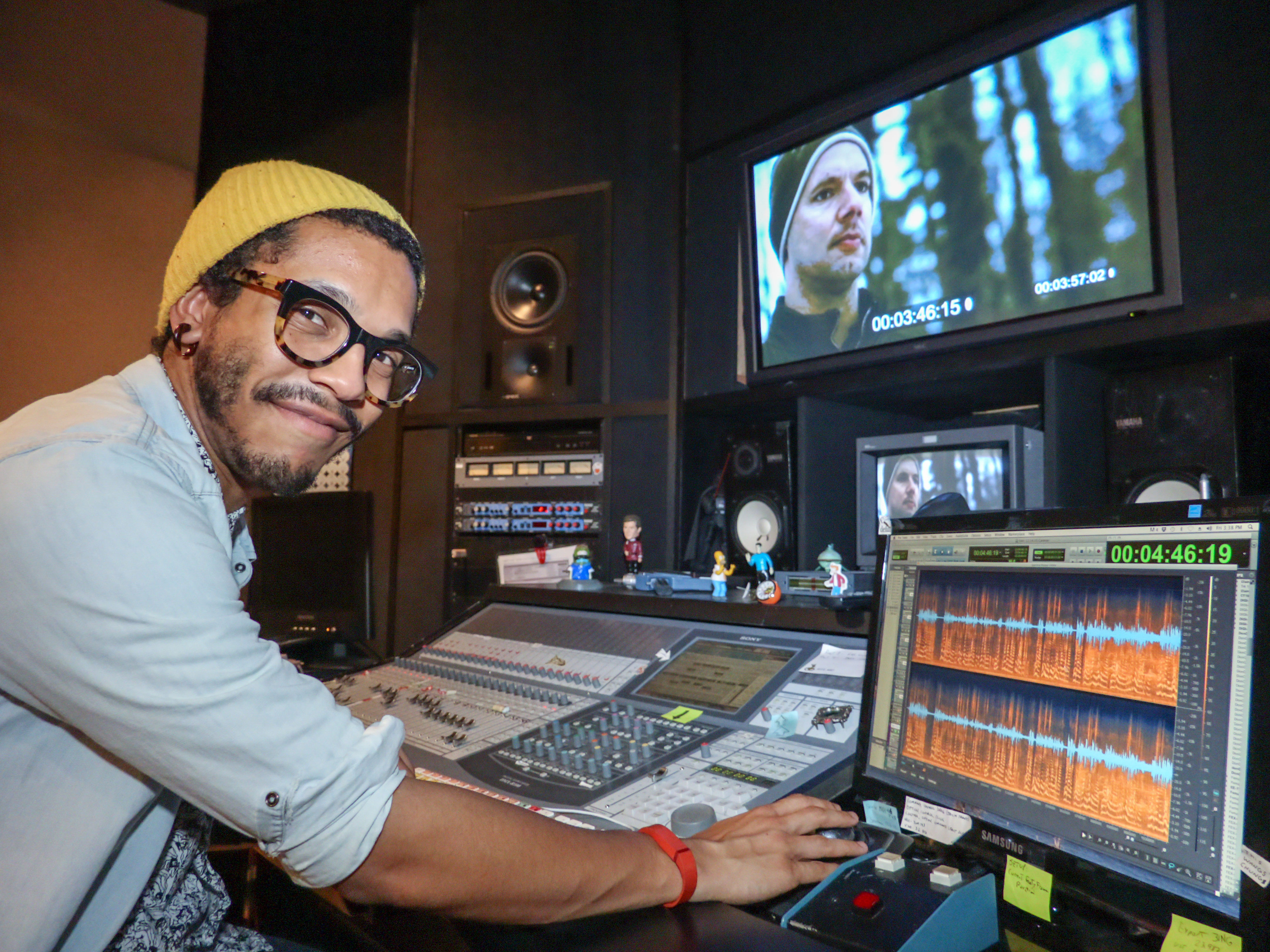
Re-recording mixer (film)
The lowdown:
-
-
- Mixing the final soundtrack of a film
- Making sure sound is technically correct
-
Is this role right for me?
-
-
- Have experience of recording and post production processes
- Understand the technical aspects of sound mixing for feature films
- Be able to manipulate and work sound for the moving images
-
What does a re-recording mixer do?
Re-Recording Mixers were formerly known as Dubbing Mixers. They work with all the sound elements (Dialogue, Automated Dialogue Replacement, Foley, Sound Effects, Atmospheres, and Music), and mix them together to create the final soundtrack. They are responsible for making sure that film sound is correct both technically and stylistically. They work at large mixing desks, mixing and smoothing out (cross fading) the sound, often adding a temporary music soundtrack prepared by the Music Editor. When the Director and/or Executive Producer have given final approval of the picture edit (picture lock), Re-Recording Mixers pre-mix the sound, reducing the number of tracks to get the Final Mix. In the Final Mix, the sound track is further refined in consultation with the Director. It is mixed to meet the latest industry standards. Although they are usually employed by Audio Post Production Houses, Re-recording Mixers may also work on a freelance basis. On small to medium budget films, Re-Recording Mixers may also work as Sound Designers.
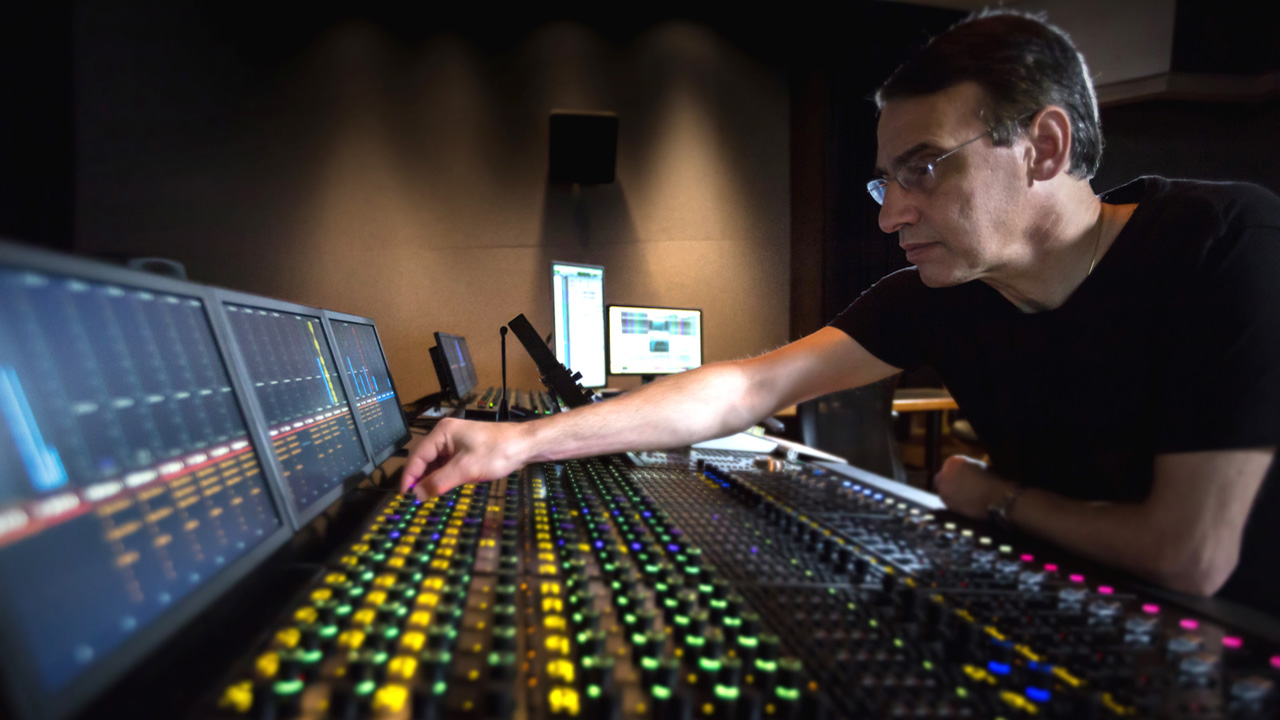
Foley editor (film)
The lowdown:
-
-
- Adding specialist subtle sound effects
- Working in specialised sound studios to projected pictures
- Researching and tracking down specific sounds
-
Is this role right for me?
-
-
- Have excellent knowledge of acoustics
- Be able to manipulate and work sound for the moving image
- Have a good experience of sound recording and audio post production processes
-
What does a foley editor do?
The Foley Editor adds subtle sounds that production microphones often miss. These often relate to movement, such as footsteps, fights, fist banging on a door, or pouring wine, shards of glass falling from a broken window. The process gives scenes added realism. Depending on the scale of the film, Foley Editors usually start work at the end of picture editing. If the film includes a lot of action, they start work earlier. Every Foley effect required is noted and organised into tracks. Foley Editors will often have to track down specific objects for some effects. They make and record all these sounds in specialist sound studios. Foley Artists create the sounds in front of a projected picture and may try several different ways get the right effect. Foley Mixers record each performance and are responsible for the positioning of the microphones and the perspective of the recorded Foley. Foley Editors must keep track of the many thousands of Foley elements recorded, and monitor the overall feel of the combined sound as the session progresses. After the Studio recording, Foley Editors fit all the Foleys to the images in perfect sync. As with all other sound, the Foley tracks are smoothed-out (cross faded) before the Re-Recording Mixer undertakes the Final Mix. Foley Editors are either employed by Audio Post Production Houses, or work as freelancers who are employed directly by film production companies and use dry-hire rooms close to the other Sound Editors.
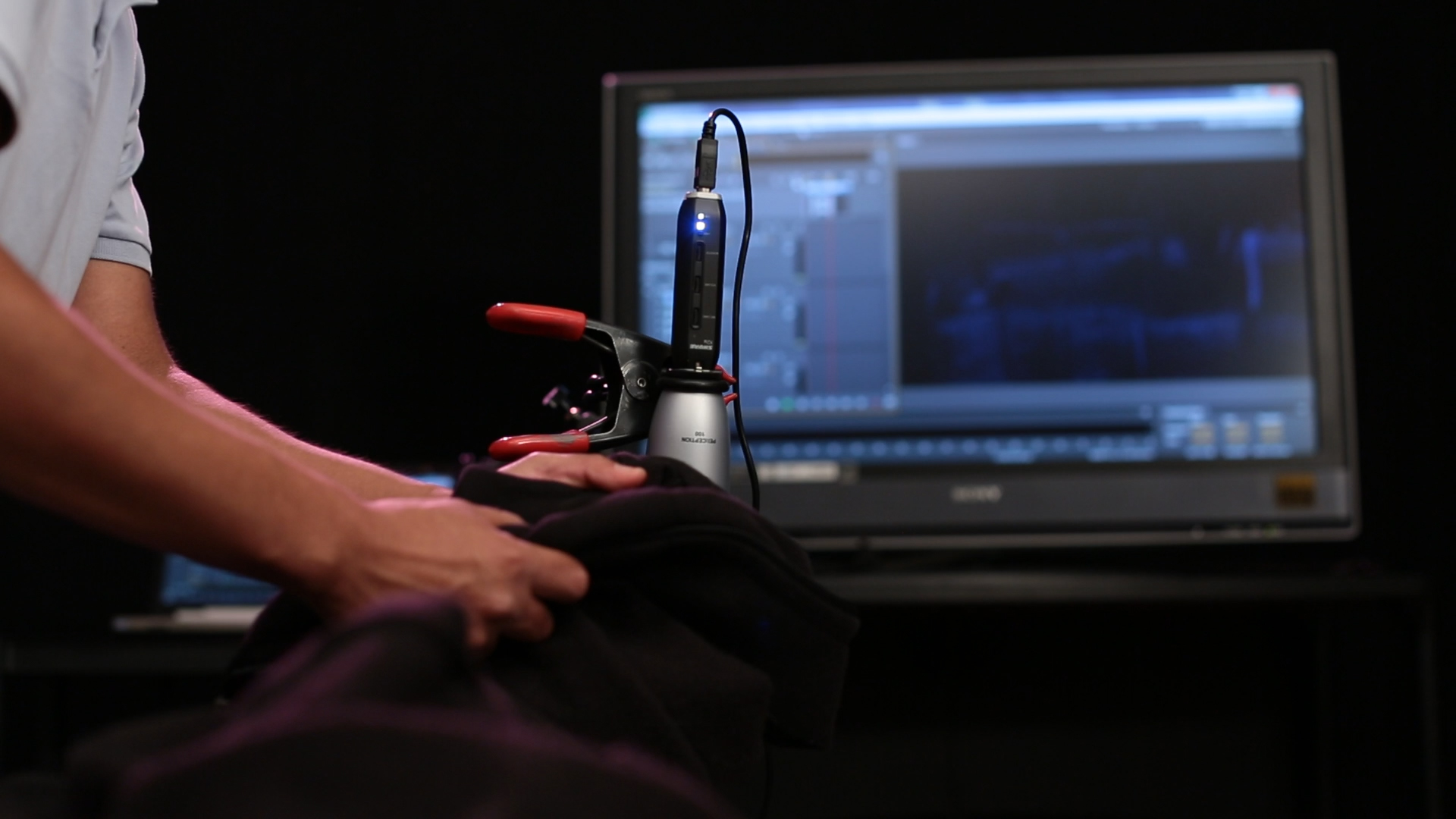
Sound designer (film)
The lowdown:
-
-
- Creating sounds effects for giant explosions or car crashes
- Creating more subtle sounds to enhance mood and feeling
- Managing the sound post production processes
-
Is this role right for me?
-
-
- Have a genuine enthusiasm for sound and film
- Have an expert knowledge of sound recording and editing techniques
- Have creativity, imagination and excellent listening skills
-
What does a sound designer do?
A Sound Designer (previously known as Sound Effects Editors or Special Effects (SFX) Editors) is responsible for providing the sound for screen action. The first task for Sound Designers is to identify the three main kinds of sound effects needed. These may be gunshots, clocks, doors closing, dog barking (spot effects) or rain, wind, traffic, birdsong (atmosphere effects). There are also specialist sound design effects such as dinosaurs, aliens, spaceships or computers. Sound Designers source these different sounds and often create and record original new material. They spend time manipulating the original recordings using synthesizers, samplers and audio plug-ins. This is a highly creative, experimental part of the job. When they have all the desired sound effects, Sound Designers lay them all onto a computer using the latest software. The next step is called the Premix, when the Sound Designer works with the Re-Recording Mixer to smooth out all the effects tracks. This is followed by the Final Mix. This is when dialogues, ADR (Automated Dialogue Replacement), Foley, atmosphere, music and special effects tracks are blended together. Sound Designers may be employed by Audio Post Production Houses, or work on a freelance basis.
- From San Francisco to the World: the sound of CMoore Sound - September 11, 2017
- Being a visual listener: an interview with sound designer and composer Chiara Luzzana - August 21, 2017
- The power of sound: an interview with Award Winning studio String And Tins - June 29, 2017










